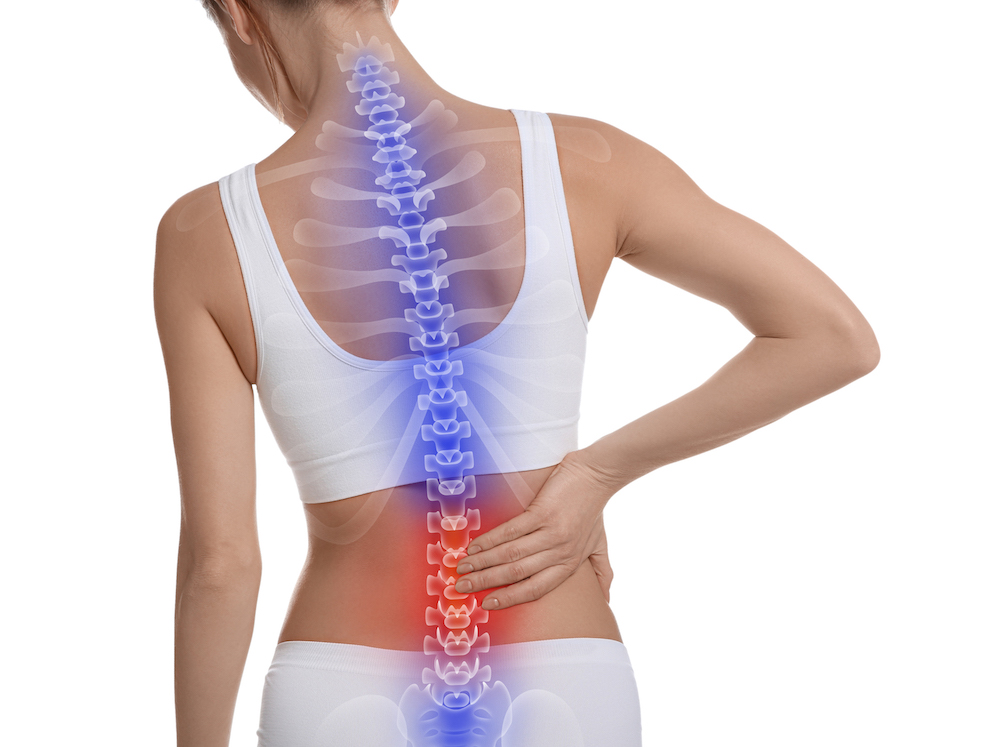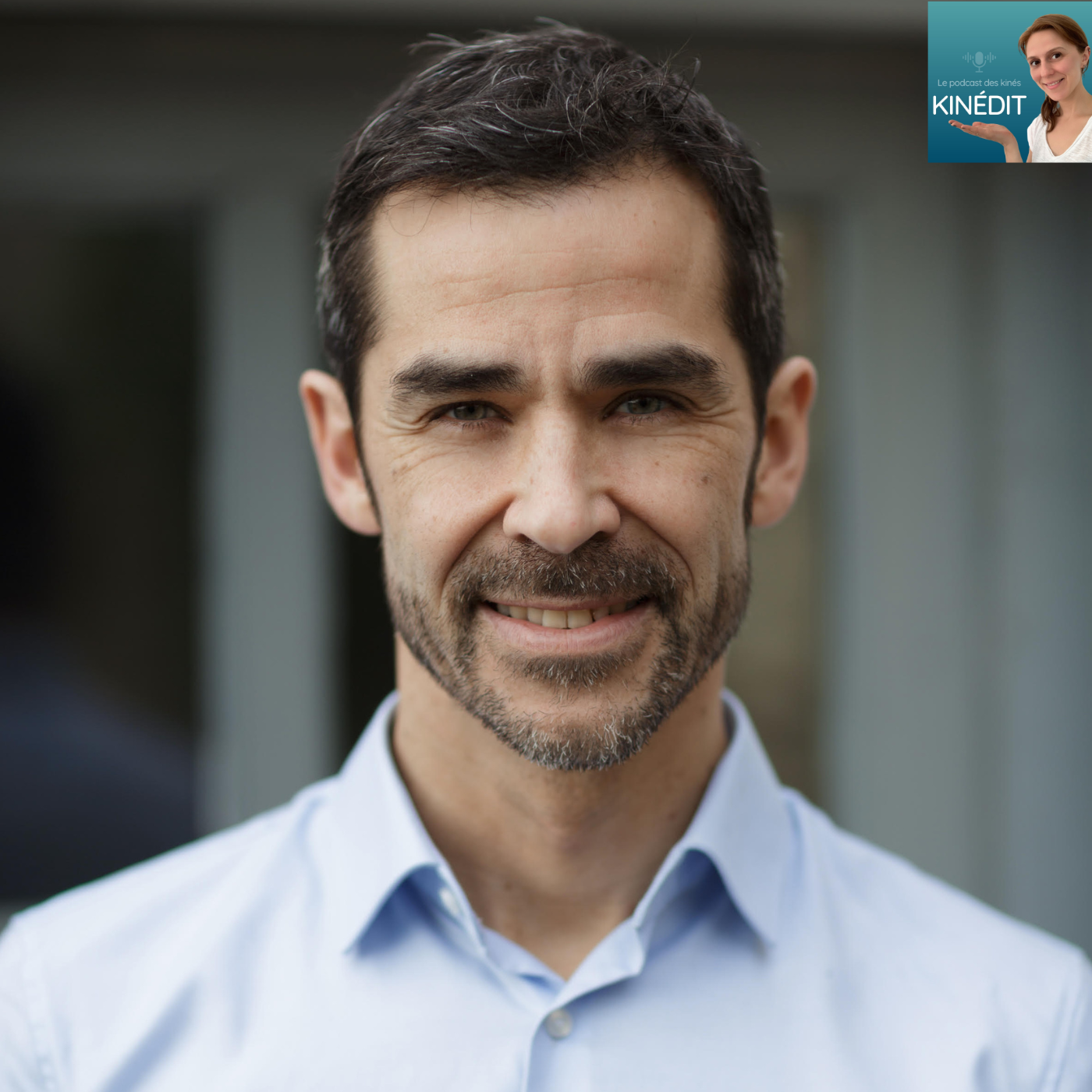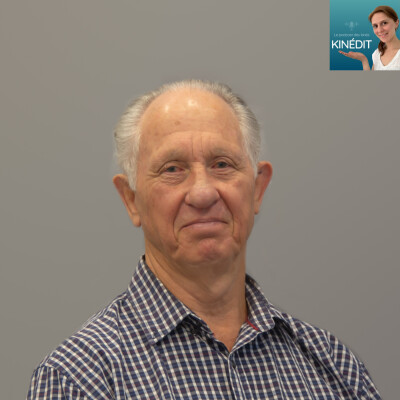The benefits of manual therapy
The topic
The benefits of manual therapy

Summary
Key takeaways
- What is manual therapy ?
- What are the main benefits ?
- What is manual therapy for ?
The benefits of manual therapy:
We hear a lot about this concept, but what is manual therapy really? It encompasses many confusing things, and for years I myself had a misconception of the concept.
For a long time I thought manual therapy was just techniques borrowed from osteopathy. At school, we had a teacher who is a physiotherapist and osteopath and who gave us courses in manual therapy. He mainly showed us the manipulations and mobilizations used in osteopathy. It wasn’t until years later that I realized that manual therapy encompassed much more than the techniques we learned at school.
To put it simply, manual therapy encompasses all the manual techniques used by a healthcare professional such as a physiotherapist, osteopath or chiropractor… Manual therapy encompasses many different techniques, such as: massage, mobilization, passive stretching (performed by the therapist while the patient does little or nothing), spinal manipulation, or manipulation of the upper or lower limbs, and many other techniques, as the list is not exhaustive. It’s part of the “hands-on” concept, i.e. the therapist’s hands on the patient’s body. Hands-on is the opposite of hands-off, which means that the therapist does not touch the patient.
What manual therapy is not :
Manual therapy is not a hands-off method, but a hands-on method. So it does not include, for example, the prescription of exercises, or anything to do with communication and exchange between therapist and patient to establish and maintain a therapeutic alliance.
What can Manual therapy do ?
- Targeting areas of tension
- Improve mobility
- Relieve pain
- Mobilize joints
- Test range of motion
- Increase range of motion
- Improve blood circulation
- Improve lymphatic circulation
- Provide relaxation
- Improve well-being
When is manual therapy used?
It all depends on the therapist’s working method, but at Valencia Physio we like to use this technique to feel the tensions perceived by the patient, to relieve them, and to help reduce their pain and improve their state of health.
Manual therapy is used for a wide range of conditions:
- Shoulder pain
- Limited range of motion
- Neck pain
- Back pain
- Tendinopathies
- Ankle sprains
- Knee pain
- Digestive problems
- Respiratory problems
- Gynaecological problems such as endometriosis
That said, manual therapy complements hands-off exercise prescription very well, and the two are complementary.





